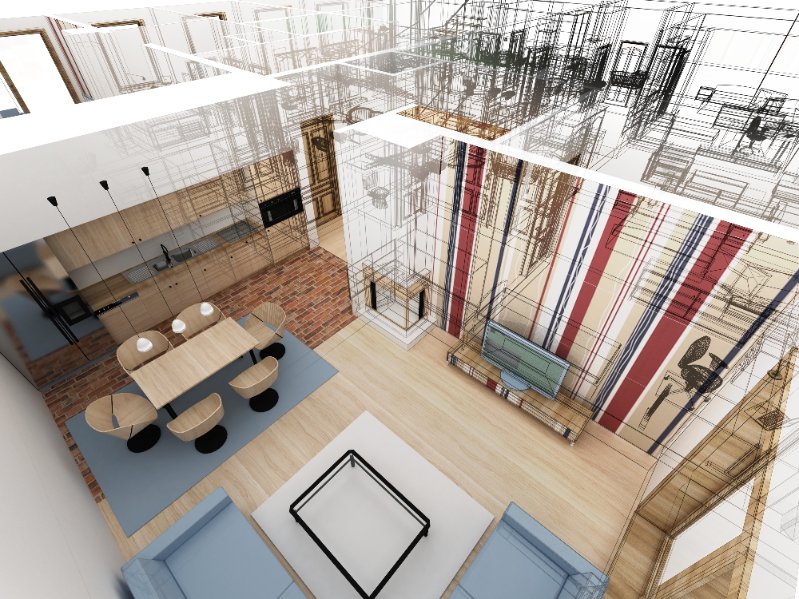Tim Dufault, FAIA Concert CRO
In cinema, a MacGuffin is an important element or character in the story, but one that doesn’t derive any significance or value on its own. As an example, R2D2 is important to drive the plot in the Star Wars franchise of movies, but its real significance is minor to the story. Don’t get me wrong, R2D2 is a beloved character and is consistent across all the stories, but it is not an important plot element. R2D2 is a MacGuffin for the entire franchise – the story doesn’t suffer if it’s not there.
In BIM parlance, the Level of Development or LOD of a model refers to the theoretical level of detailed information present in a building model at any point in time. This term has gotten a lot of use recently as architects, engineers, owners, and contractors attempt to understand how much information they are responsible for, especially in the context of “digital delivery”. In industry terms, architects and engineers are responsible to bring the model to LOD 300 (some would argue 350) which implies the model includes enough detail to communicate design intent, but not too much detail. Contractors take the model to LOD 400, or higher, as they add specific and proprietary information based on their standards and practices. At the end of a project, it is envisioned that the model will be turned over to the owner for operations and facility management, and the information inside the model would reflect a LOD of 500+.
But here’s a dirty little secret – the LOD of a model is important but more often masks the real need in BIM development – high-quality data and modeling of that data.
LOD is a MacGuffin
To be fair, when it was developed by the AIA in 2008, there was real value in helping the industry understand this nascent form of detailed design documentation. It established boundaries that reflected the processes of the time – plans and specifications. Its goal was to continue the long-held separation of Design Intent vs. Means & Methods even though this new technology allowed us to integrate much more information than paper-based systems.
Today, the AEC industry must focus on building modeling as the data that will build the building, essentially the software that will drive the machines that build. This is a radical shift in thinking as it reflects the shift of design documentation as a medium of communication to building modeling as a mechanism for manufacturing. There will be many architects who will not be comfortable with this notion, as it might be seen as creating greater risk for claims. I would posit that it is the opposite – that it will reduce the risk of claims. But it will take effort and commitment on the part of every architect, engineer, contractor, and supplier to produce quality data, and to commit to working together to refine/coordinate that data when required.
Core to creating this collaborative data environment is an understanding that the model and its data are the methods and the means of human and technical communication. Because of this, building a solid plan to execute how the data will be used, shared, and consumed is critical to the success of a project. This BIM Execution Plan (BEP) will be a critical definer of the value of the project data and core to creating the digital twin when construction is complete. Under the older forms of agreement, BEPs were a simple attachment, meant to convey how the design team would restrict the use of BIM data and limits its purpose. However, under the new 2022 version of G203, the BEP now becomes the primary tool for planning, communicating, and applying broader value to the model data, a value that extends beyond the traditional norms of paper-based documents. We will have much more to say about the new AIA documents in the coming weeks, so stay tuned! LOD, in this context, is the least important attribute of the model’s development and use, mostly because the model will be used by the entire design and construction team, sometimes with little definition of who is responsible for what stage of the development.
So, it is time to step back from talking about LOD and embrace BIM data as the software that builds the building. Everyone in the design and construction ecosystem has a role and responsibility for that data. Concert is the mechanism to create a system of record for the sharing and exchange throughout the lifecycle of the building, recording who created what information, what it was authorized to be used for, and the chain of custody as each participant uses and adapts the data to their needs.
Join us on the journey as we evolve the design and construction ecosystem and don’t get distracted by the MacGuffin.
“These aren’t the droids you’re looking for.”





